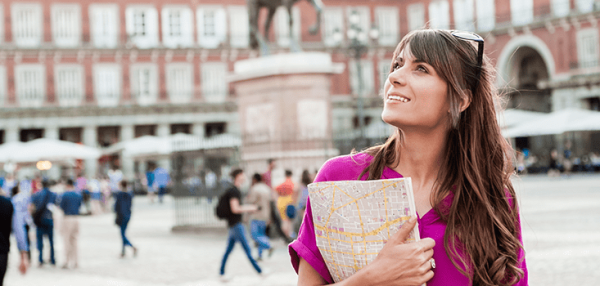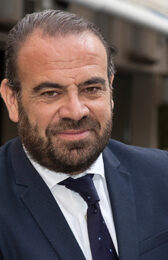

Gender gap in tourism
This gap is directly related to the gender inequality that persists in the labour market, which, in turn, is influenced by the enormous gap that still exists in Spain in terms of work-life balance.
Another key difference between men and women is the reason for travel. Despite travelling 6.9% less than men, when they travel for personal reasons, women make 2.2 million trips more than men per year, they are better planners, and lead in the use of websites or apps for making reservations.

Calculation of opportunity cost
The most immediate opportunity cost is in business tourism. The economic impact of the gender gap in this type of tourism is €2.35 billion a year. For every business trip made by women per year, men make three. If this gap were eliminated, 6 million more business trips would be made, and this would increase spending on hotel, general commerce and transport.

This analysis shows that men and women travel differently, which is not in itself a problem. However, it also demonstrates the existence of gaps in tourism due to inequalities that remain in employment, leisure and work-life balance.
Es necesario activar las cookies para ver este contenido